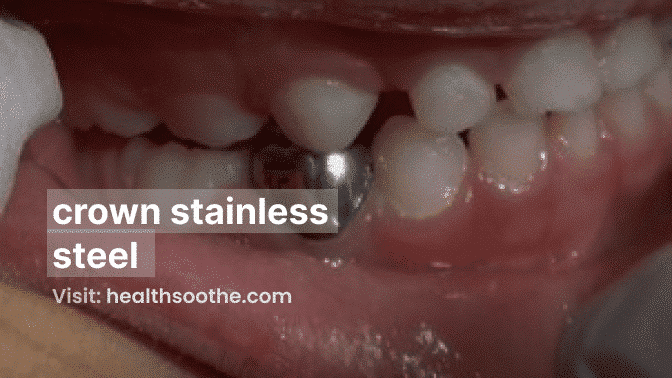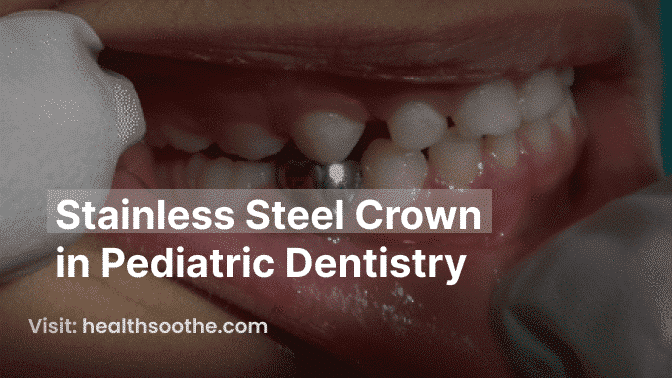Stainless steel, an alloy primarily composed of iron, chromium, and nickel, has been a crucial material in a wide array of industries since its invention in the early 20th century. Crown stainless steel, a term often used to denote high-quality stainless steel products, has become synonymous with durability, strength, and corrosion resistance. In this blog post, we will explore the types, properties, applications, and future trends of crown stainless steel, revealing its significance in modern industries.
Types of Stainless Steel
Stainless steel is a versatile material, classified into five main categories based on its microstructure and alloying elements:
- Austenitic: The most common type, comprising 70% of stainless steel production, is known for excellent corrosion resistance, ductility, and weldability. It contains 16-26% chromium and 6-22% nickel.
- Ferritic: Magnetic and more affordable than austenitic, ferritic stainless steel contains 10.5-27% chromium with little to no nickel, offering moderate corrosion resistance and strength.
- Martensitic: This magnetic stainless steel has 11-17% chromium and 0-1% nickel, providing high strength, hardness, and moderate corrosion resistance, making it suitable for cutlery and surgical instruments.
- Duplex: Combining the benefits of austenitic and ferritic stainless steels, duplex stainless steel offers high strength and excellent corrosion resistance. It consists of 18-28% chromium, 3-10% nickel, and up to 5% molybdenum. 5. Precipitation Hardening (PH): PH stainless steel is characterized by its exceptional strength and corrosion resistance. It is heat-treatable and typically contains 15-17% chromium and 4-7% nickel.
Key Properties and Benefits of Crown Stainless Steel
Crown stainless steel possesses several properties that make it stand out among other materials:
- Corrosion resistance: Chromium oxide layers protect stainless steel from rust and corrosion, making it suitable for harsh environments.
- High strength: Stainless steel can withstand significant loads and impacts, making it ideal for structural applications.
- Durability: Its resistance to wear and tear ensures a long service life with minimal maintenance.
- Temperature resistance: Stainless steel can maintain its properties at high temperatures, making it perfect for heat exchangers and furnaces.
- Aesthetic appeal: The material's smooth surface and shiny finish make it an attractive choice for decorative applications.
Applications of Crown Stainless Steel
Stainless steel's unique properties make it indispensable in various industries:
- Construction and architecture: From structural components to decorative elements, stainless steel is widely used in building bridges, skyscrapers, and public art installations.
- Automotive and transportation: Stainless steel is vital in vehicle manufacturing, contributing to lightweight, durable, and corrosion-resistant parts.
- Medical and healthcare: Surgical instruments, implants, and medical equipment often use stainless steel for its strength, corrosion resistance, and ability to be sterilized.
- Kitchenware and cutlery: Due to its durability, hygiene, and aesthetic appeal, stainless steel is a popular choice for utensils, cookware, and appliances.
- Industrial equipment: Stainless steel's corrosion resistance and strength make it suitable for use in chemical processing, power generation, and food processing equipment.
Maintenance and Care Tips for Crown Stainless Steel
Proper care and maintenance can extend the lifespan and maintain the appearance of stainless steel products:
- Proper cleaning techniques: Use mild detergents or specialized stainless steel cleaners to remove dirt and stains. Avoid abrasive materials that can scratch the surface.
- Preventing scratches and dents: Use protective padding or mats when handling heavy objects or placing them on stainless steel surfaces.
- Protecting against stains and fingerprints: Regularly wipe down surfaces with a soft cloth to remove smudges and fingerprints, and consider applying a protective coating to minimize staining.
- Periodic maintenance recommendations: Inspect stainless steel products for signs of wear or damage, and address any issues promptly to prevent further deterioration.
Sustainability and Environmental Impact
Stainless steel offers several environmental benefits:
- Recycling and waste reduction: Stainless steel is 100% recyclable, reducing landfill waste and conserving resources.
- Energy efficiency in production: Advanced manufacturing techniques have reduced energy consumption in stainless steel production.
- Longevity and lifecycle analysis: Stainless steel's durability ensures a long life, reducing the need for frequent replacements and lowering its environmental impact.
- Reduced CO2 emissions: The stainless steel industry is constantly improving its manufacturing processes to minimize greenhouse gas emissions. Innovations in the production process, such as increased energy efficiency and waste reduction, contribute to a lower carbon footprint.
- Lower water consumption: Water is an essential resource in the production of stainless steel. By implementing water conservation measures and recycling water used in the manufacturing process, the stainless steel industry can reduce its overall water consumption and minimize the strain on water resources.
- Sustainable sourcing of raw materials: Many stainless steel manufacturers are adopting responsible sourcing practices to ensure that the raw materials, such as iron ore, chromium, and nickel, are obtained from environmentally responsible and socially conscious suppliers. This helps reduce the negative impacts of mining on ecosystems and communities while promoting fair labor practices.
Read Also: Important Things to Know About Dental Crowns
Future Innovations and Trends in Stainless Steel
The stainless steel industry continues to evolve, driven by innovations and emerging trends:
- New alloys and materials: Research is underway to develop stainless steel alloys with enhanced properties, such as increased corrosion resistance, strength, and lighter weight.
- Advanced manufacturing techniques: Additive manufacturing, also known as 3D printing, is being utilized to create complex stainless steel components with improved efficiency and reduced waste.
- Potential applications in emerging industries: As technology advances, stainless steel is finding new applications in sectors such as renewable energy, aerospace, and electric vehicles.
Conclusion
Crown stainless steel has proven to be an invaluable material in a wide range of industries, thanks to its unique combination of properties such as corrosion resistance, strength, and aesthetic appeal. By understanding the various types, applications, and trends, we can continue to innovate and expand the use of this versatile material. Embracing sustainable practices in manufacturing and proper maintenance will ensure that stainless steel remains an essential component of our modern world for years to come.
No schema found.


